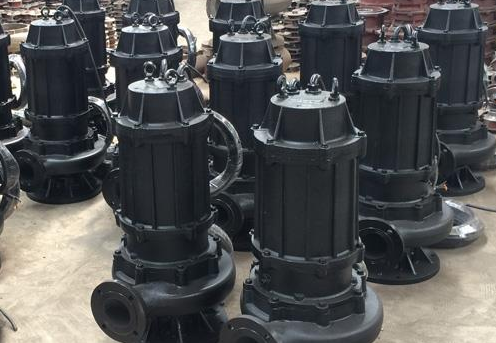Simple troubleshooting method for submersible pump leakage
Most of the leakage problems of submersible pumps are caused by aging and wear of the sealing device. The following is a simple method to eliminate the leakage problems of submersible pumps:
1. Sealing ring problem
The sealing ring loses its elasticity:
You can take out the sealing ring, find a piece of paper or cloth with a thickness of 0.3 to 0.5 mm, cut it into a pad slightly larger than the original sealing ring and install it in the groove, and finally install the original sealing ring.
The sealing ring between the sealing box and the cast iron loses its elasticity:
Take the sealing ring out of the cast iron groove, find a piece of cardboard with a thickness of 0.6 to 1 mm, cut it into the same size, put it in the groove, and then put the sealing ring in.
2. Sealing seat and sealing ring problem
The rubber sealing ring in the nylon sealing seat is worn:
Take out the sealing ring and then relocate it. If the fastening spring on the sealing ring loses its elasticity or breaks, remove the spring and tighten it with a steel wire or iron wire of appropriate diameter.
The first sealing ring is seriously worn:
Take out the nylon sealing ring, then apply butter on the asbestos rope, wrap it around the stainless steel sleeve and fill it slightly higher than the original nylon seat, then fill it with butter, and then tighten the nylon seat with bolts.

3. Other sealing component problems
The oil hole rubber sealing ring is damaged:
Find a piece of tape, cut it into a hole slightly larger than the bolt, add a flat pad on the top, and put it together in the bolt oil inlet hole.
4. Overall inspection and replacement
Comprehensive inspection: Check all sealing components, such as mechanical seals, cable inlet special seals, O-rings, etc., to confirm whether they are aged or damaged.
Replace seals: For aged or damaged seals, they should be replaced with new seals in time to ensure sealing performance.
Drying motor: If the motor has been flooded, it is necessary to disassemble the motor and dry the stator to ensure that there is no moisture residue inside the motor.
5. Other precautions
Inspect before installation: Before installing the submersible pump, the quality of each sealing component should be checked to ensure that the end faces of each sealing component are in good contact.
Pre-operation inspection: Before operation, check whether the phase-to-phase and ground insulation resistance of the motor and the sensor components of each alarm system are intact.
Regular maintenance: Regularly maintain the submersible pump, clean the blockages in the pipeline and impeller, check the wear of the valves and bearings, and replace the seriously worn parts in time.




